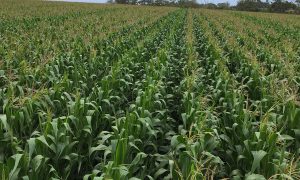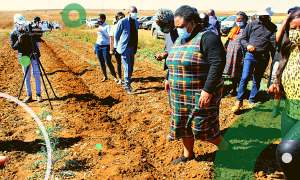The Food and Agriculture Organisation (FAO) breathes discomfort that in the next five years, global capacity of fertilizers is expected to rise.
Fertilizer prices have been on the increase. The National Agricultural Marketing Council’s (NAMC) Input Cost Monitoring Report projects that from December 2013 and December 2019 prices of fertilizers between Like Mono-Ammonium Phosphate (MAP), Potassium Chloride (KCL) and Urea increased by 12.1%, 11.4% and 9.9% respectively.
“From December 2018 to December 2019, the domestic price of KCL increased by 2.6%, whilst MAP and Urea decreased by 18.7% and 10.2%, respectively” said the NAMC report.
South Africa imports roughly about 80% fertilizers utilised by crop farmers. Fertilizers constitute about 35% to grain farmers input costs. Fears are mounting that emerging crop farmers already squeezed may be incapable to adapt to such textbook form of price conditions.
According to the Fertilizer Association of South Africa (Fertasa) South Africa’s potassium as well as 60% to 70% of its nitrogen requirements is imported impacting on local prices. In 2018, South Africa imported 1,998,867 tons whilst in the same period exported 727,676 tons of fertilizers.
The spike of fertilizers prices was generated by a growing global demand for grain crops. This has allowed countries producing fertilizers to garner crop farmers to plant more maize (corn) translating into another year of higher fertilizer prices.
South African crop farmers where however not so fortunate. “Local farmers were uniquely in an adverse position compared to other leading agricultural producers who happen to have some domestic fertiliser production capacity” said the Agricultural Business Chamber (AgBiz).
Maize was estimated to be the largest single consumer of fertiliser, with almost 40% of the total fertiliser market, followed by sugar cane (15%) and wheat (10%) said Fertasa. Future trends of fertilizer technology predict high use of anhydrous ammonia, ammonium nitrate and urea to produce nitrogen. Biodegradable – combining of seed, fertilizer and water – decomposable in the soil will likely be preferred by fertilizer companies.














